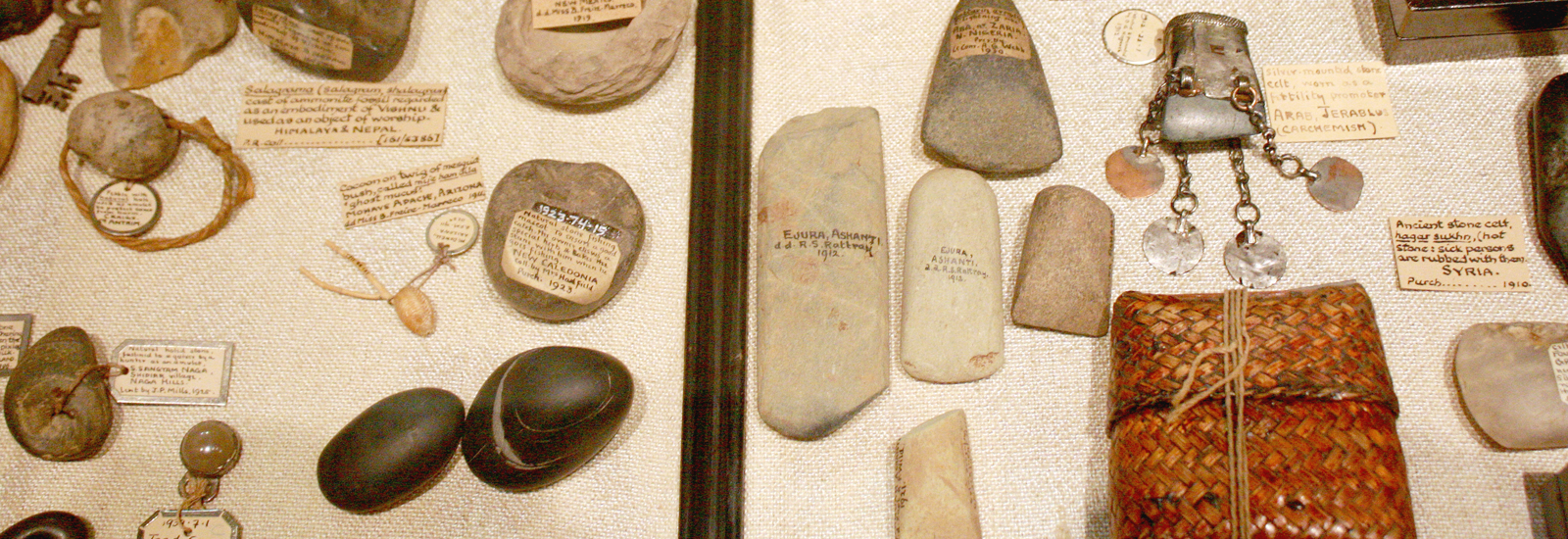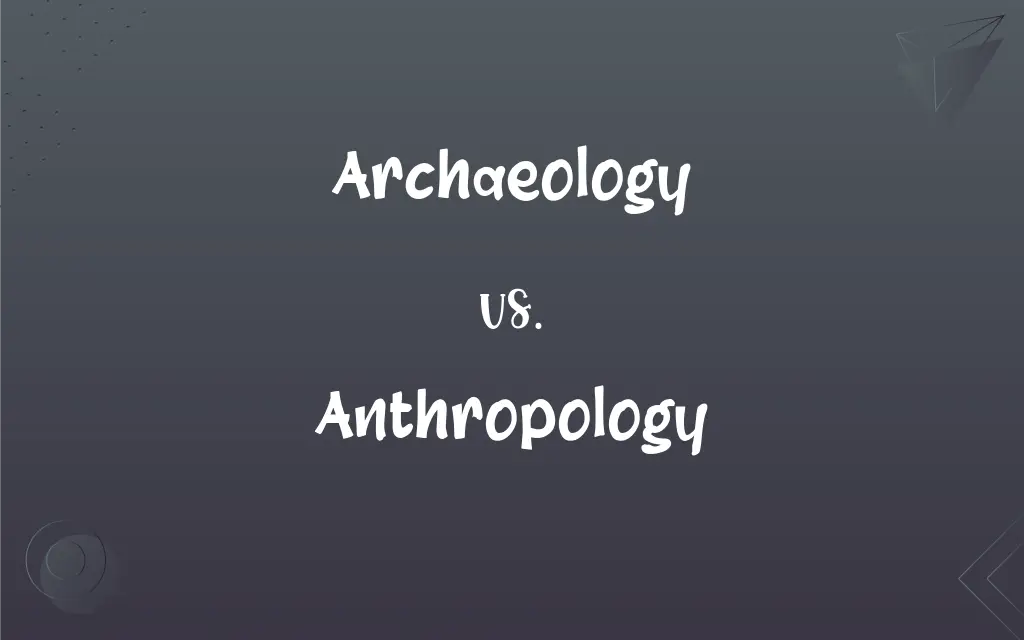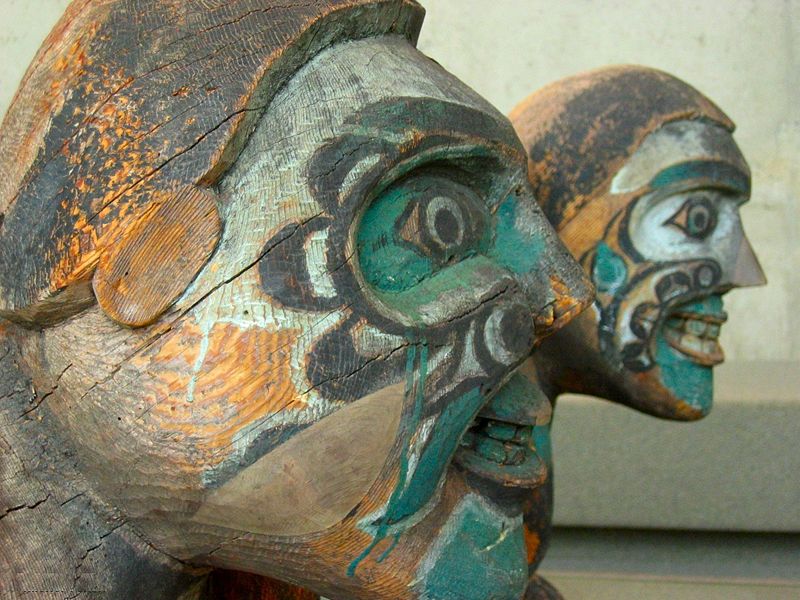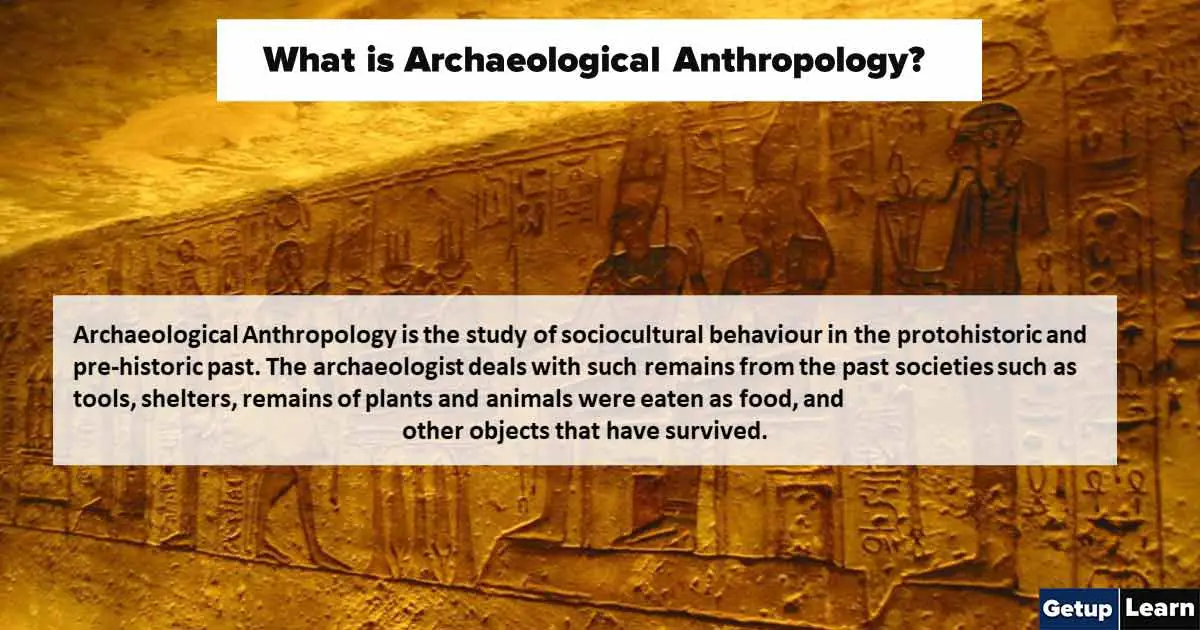Have you ever wondered about the story of humanity—how we lived thousands of years ago, why cultures differ so vastly, or how ancient societies shaped the world we inhabit today? Two disciplines help us uncover these answers: anthropology and archaeology. Though often confused for one another, these fields are as distinct as they are interconnected. Whether you’re picturing archaeologists dusting off fossils or anthropologists interviewing tribes deep in the Amazon, there’s so much more to these fields than what Hollywood portrays.
What Is Anthropology?
Anthropology is the study of humans—plain and simple, right? Not quite. It’s a vast and interdisciplinary field that examines every aspect of humanity, from our biological beginnings to the cultural complexities of the present. Imagine trying to write a biography of humanity; that’s what anthropologists do.
The field is typically divided into four main branches:
- Cultural Anthropology: This branch studies how societies and cultures develop and operate. Ever wondered why some cultures celebrate with fireworks while others light candles? A cultural anthropologist would dive into those traditions to understand their meaning and evolution.
- Biological (or Physical) Anthropology: This area focuses on the biological and evolutionary aspects of humans. Think of it as a mix of biology and history—studying fossils, genetics, and even our primate relatives to uncover how we’ve evolved over millions of years.
- Linguistic Anthropology: Language is at the heart of what makes us human. Linguistic anthropologists study how languages develop, evolve, and shape societies. If you’ve ever pondered how emojis might influence modern communication, these are the experts to ask.
- Archaeology: Interestingly, archaeology is technically a subfield of anthropology. It uses material remains to piece together stories of past human life. We’ll dive deeper into archaeology in just a moment.
The primary goal of anthropology is to understand what makes us human. It’s like being a detective, philosopher, historian, and scientist all rolled into one.
What Is Archaeology?
Archaeology, while a part of anthropology, has its own unique focus. It’s all about studying the physical remnants of the past—artifacts, structures, tools, pottery, and sometimes even ancient garbage (yes, trash tells a fascinating story). Archaeologists are like detectives of history, uncovering clues that civilizations left behind.
Unlike anthropology, which can study living cultures through interviews or observation, archaeology delves into the non-living. Some famous archaeological discoveries include:
- The tomb of Tutankhamun, giving us insights into ancient Egyptian royalty.
- The ruins of Pompeii, a city frozen in time after Mount Vesuvius erupted in AD 79.
- The Terracotta Army in China, revealing much about the power and beliefs of the Qin Dynasty.
In short, archaeology is like solving a giant jigsaw puzzle—but instead of a box with a picture on the front, you’re working with a dusty ruin and fragments of pottery.
Archaeologists don’t dig up dinosaurs. That’s the job of paleontologists. While the two careers sound similar, the former studies humans, and the latter studies prehistoric life forms. If you tell an archaeologist they’re just like Dr. Alan Grant from Jurassic Park, expect an exasperated sigh!

Key Differences Between Anthropology and Archaeology
Now that we’ve covered the basics, let’s explore what sets anthropology and archaeology apart. While they share a common goal—understanding humanity—they take very different routes to get there. Think of anthropology as the big picture and archaeology as one of the puzzle pieces. Below, we’ll dig into their differences across scope, methods, subject matter, and career paths.
Scope and Focus
The most striking difference lies in their scope.
- Anthropology is a broad field that studies all aspects of human life, including culture, biology, language, and history. It encompasses everything from the way people form societies to how we adapt to environmental challenges. Anthropologists aim to answer questions like, “Why do humans behave the way they do?” and “How have humans evolved biologically and culturally?”
- Archaeology, on the other hand, is more specific. It focuses solely on uncovering and studying the physical remains of past societies. Instead of observing living humans or theorizing about cultural phenomena, archaeologists rely on tangible artifacts like tools, pottery, ruins, and artwork. Their primary question is, “What can this object or structure tell us about the people who made it?”
Imagine anthropology as a giant library of human knowledge, and archaeology is one of its most important chapters.
Methods and Tools
The tools of the trade are another major distinction.
- Anthropologists rely heavily on fieldwork, surveys, and interviews. For example, a cultural anthropologist might live with a remote community for months, observing and participating in daily life to better understand their customs and beliefs. Linguistic anthropologists might record how endangered languages are spoken to preserve them for future generations.
- Archaeologists take a much more hands-on approach. Their work begins in the dirt—literally. Excavation is their bread and butter, often involving digging trenches, carefully unearthing artifacts, and meticulously recording data. Tools range from high-tech (ground-penetrating radar and 3D scanning) to old-school (shovels and brushes).
Here’s a quick comparison:
| Field | Methods | Tools |
|---|---|---|
| Anthropology | Observations, interviews, surveys | Notebooks, cameras, recording devices |
| Archaeology | Excavations, artifact analysis, dating methods | Shovels, brushes, GIS mapping, lab tools |
Timeframe and Subject Matter
Time is another area where anthropology and archaeology diverge.
- Anthropology spans past, present, and future. For instance, biological anthropologists might study fossils to understand early humans, while cultural anthropologists might explore how modern societies are adapting to climate change.
- Archaeology is rooted in the past. Its focus is on historical and prehistoric societies, often reaching back thousands or even millions of years. Archaeologists don’t typically study living cultures—though their findings can provide valuable context for anthropological work.
Career Paths and Applications
When it comes to careers, the two fields offer diverse opportunities, though there is some overlap.
- Anthropologists might work as:
- University professors or researchers.
- Cultural consultants helping organizations understand diverse populations.
- Forensic experts assisting law enforcement by analyzing human remains.
- Archaeologists are often found:
- Managing cultural heritage sites or working in museums.
- Conducting environmental impact assessments for construction projects.
- Engaging in academic research to uncover the history of ancient civilizations.
Fun Fact: A cultural anthropologist might attend a wedding to study rituals, while an archaeologist might analyze the wedding remains—say, uneaten cake or discarded decorations—in a landfill 200 years from now.

Common Misconceptions About Anthropology and Archaeology
Despite their fascinating and impactful work, anthropology and archaeology are often misunderstood. From pop culture portrayals to general confusion about their scope, myths about these fields are everywhere. Let’s clear up some of the most common misconceptions and set the record straight.
“Are Anthropologists and Archaeologists the Same?”
This question pops up frequently—and understandably so, since archaeology is technically a subfield of anthropology. However, not all anthropologists are archaeologists.
- Think of anthropologists as those who study the whole of humanity, from ancient civilizations to modern societies, often without focusing on physical artifacts.
- Archaeologists, meanwhile, focus specifically on the material remains of past societies.
It’s like saying all rectangles are squares—they’re related but not interchangeable.
“Do Archaeologists Only Dig for Dinosaurs?”
This is perhaps the most persistent myth, thanks in part to movies like Jurassic Park. Let’s set the record straight: archaeologists do not study dinosaurs—that’s the domain of paleontologists. While both professions involve excavation, they have vastly different goals.
- Archaeologists study human history through artifacts like pottery, tools, and ruins.
- Paleontologists study prehistoric life forms, such as dinosaurs, through fossilized remains.
So, unless ancient humans were crafting pottery alongside T. rex (spoiler: they weren’t), dinosaurs and archaeology don’t mix. The next time someone makes this mistake, feel free to channel your inner archaeologist and correct them with vigor!
“Archaeologists Work Alone in the Field”
The image of a lone archaeologist, dusting off an artifact in the middle of nowhere, is romantic—but inaccurate. Archaeology is a team effort. Excavations often involve specialists like:
- Geologists, who analyze soil composition.
- Chemists, who date artifacts using methods like radiocarbon dating.
- Historians, who help interpret findings in a broader context.
Similarly, anthropologists rarely work in isolation. They often collaborate with linguists, biologists, and sociologists to tackle complex questions about humanity.
“Anthropology Is All About Tribal Societies”
While anthropology is famous for its studies of indigenous and tribal groups, it’s far from limited to this focus. Today, anthropologists research a wide variety of topics, including:
- Urban development and how cities shape culture.
- The effects of social media on human behavior.
- Medical anthropology, which explores how different cultures approach health and healing.
Modern anthropology goes beyond tribal life to examine all aspects of human society, whether it’s in a remote rainforest or a bustling metropolis.
“Archaeology Is Just Digging”
If the idea of archaeology conjures up images of digging endless trenches, think again. Excavation is only one part of the job. Archaeologists spend a significant amount of time:
- Cataloging and analyzing artifacts.
- Writing detailed reports on their findings.
- Using technology like GIS mapping, drones, and 3D modeling to document sites.
The digging might grab the spotlight, but the real magic happens back in the lab, where artifacts are carefully studied to reveal their secrets.
“Anthropology and Archaeology Don’t Matter in the Modern World”
This couldn’t be further from the truth. Both fields play a critical role in today’s society:
- Anthropology helps us understand cultural diversity, which is essential in a globalized world. Businesses, governments, and NGOs rely on anthropologists to bridge cultural gaps and navigate complex social dynamics.
- Archaeology preserves humanity’s history and teaches us about ancient innovations that still influence modern life. For example, ancient Roman aqueducts inspired modern water systems, and early agricultural tools laid the groundwork for today’s farming technology.
Far from being relics of the past, these fields are vital for shaping the future.
Case Study: The Rosetta Stone One of archaeology’s greatest finds, the Rosetta Stone, wasn’t just a slab of rock with strange carvings. It became the key to understanding ancient Egyptian hieroglyphs, unlocking a wealth of knowledge about one of history’s most influential civilizations. Without archaeology, this cultural treasure might still be a mystery.
Clearing up these misconceptions highlights the depth and significance of both anthropology and archaeology. They’re not just about studying the past; they’re about understanding who we are and where we’re going.

The Interdisciplinary Relationship Between Anthropology and Archaeology
Though anthropology and archaeology have distinct focuses, their overlap creates a powerful partnership. Together, these fields provide a more comprehensive understanding of humanity by combining the big picture of anthropology with the tangible evidence provided by archaeology. Think of them as two sides of the same coin, each enhancing the other’s insights.
How Anthropology and Archaeology Complement Each Other
At their core, anthropology and archaeology are both driven by curiosity about humanity. However, they approach their questions in unique ways that, when combined, lead to deeper discoveries.
- Anthropology Gives Context to Archaeological Finds
- Archaeological discoveries, like pottery fragments or burial sites, are valuable, but their true significance comes from interpretation. Anthropologists help answer questions like:
- What does this artifact say about the society that created it?
- How did these people live, and how does their culture compare to others?
- For example, the discovery of Viking burial ships is enriched by anthropological insights into Norse rituals and beliefs about the afterlife.
- Archaeological discoveries, like pottery fragments or burial sites, are valuable, but their true significance comes from interpretation. Anthropologists help answer questions like:
- Archaeology Provides Evidence for Anthropological Theories
- Anthropologists often theorize about how humans lived, evolved, or interacted, but these ideas need evidence. Archaeology steps in to provide that proof. For instance:
- The discovery of early tools supports theories about human migration and technological innovation.
- The ruins of ancient cities confirm ideas about urban development in early civilizations.
- Anthropologists often theorize about how humans lived, evolved, or interacted, but these ideas need evidence. Archaeology steps in to provide that proof. For instance:
- Both Fields Work Together to Study Cultural Evolution
- By combining physical evidence with cultural analysis, anthropology and archaeology shed light on how societies evolve over time. For example:
- Studying ancient trade routes through artifacts reveals not just economic practices but also cultural exchanges and the spread of ideas.
- By combining physical evidence with cultural analysis, anthropology and archaeology shed light on how societies evolve over time. For example:
Famous Collaborations and Case Studies
Some of the most groundbreaking discoveries in human history come from the collaboration between anthropology and archaeology. Here are a few notable examples:
- The Ancient Maya Civilization
- Archaeologists uncovered monumental cities like Tikal and Chichén Itzá, revealing the grandeur of Mayan architecture.
- Anthropologists studied modern descendants of the Maya to understand their traditions, languages, and cultural continuity. Together, they pieced together a more complete story of Mayan life.
- Ötzi the Iceman
- In 1991, a 5,300-year-old mummified man was discovered in the Alps. Archaeologists examined his tools, clothing, and preserved body for clues about his life.
- Anthropologists analyzed his DNA and dietary habits, revealing insights into his health, ancestry, and the lifestyle of Copper Age Europeans.
- The Indus Valley Civilization
- Archaeological digs in modern-day Pakistan and India uncovered advanced urban planning, including sewage systems and grid layouts.
- Anthropologists studied the region’s linguistic patterns and cultural artifacts to theorize about how this civilization functioned and interacted with neighboring cultures.
Modern Innovations Bridging the Gap
Thanks to technology, the collaboration between anthropology and archaeology is stronger than ever:
- Digital Archaeology: Tools like drones, LiDAR, and 3D imaging allow archaeologists to map and analyze sites with unprecedented precision. Anthropologists then use this data to interpret cultural significance.
- Bioarchaeology: This emerging field blends archaeology and biological anthropology to study human remains. By analyzing bones and teeth, researchers uncover details about diet, migration, and even social status.
Fun Fact: Did you know that anthropologists and archaeologists even work together to solve modern mysteries? Forensic anthropologists often assist in identifying remains at crime scenes or mass grave sites, applying archaeological methods to contemporary issues.
By working hand-in-hand, anthropology and archaeology unlock a fuller picture of human history and culture. Their interdisciplinary nature makes them essential to understanding not only where we come from but also how we shape our future.